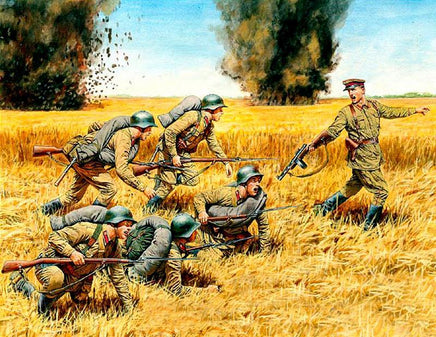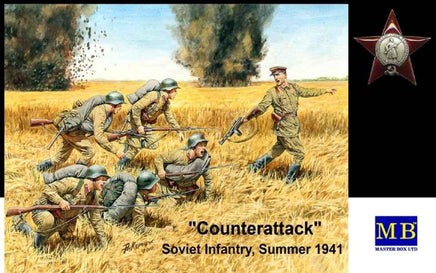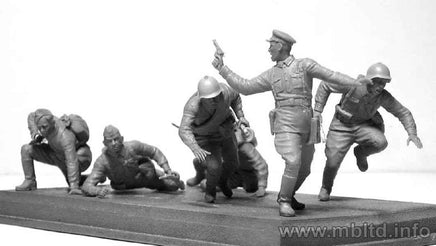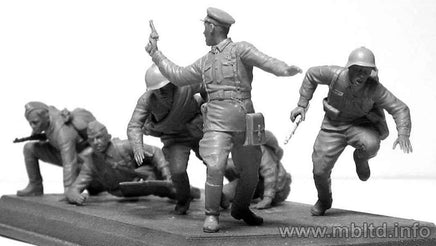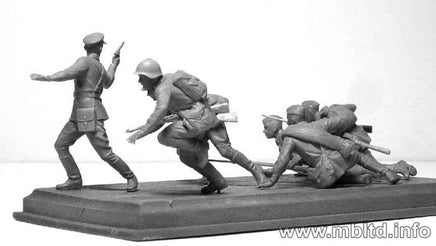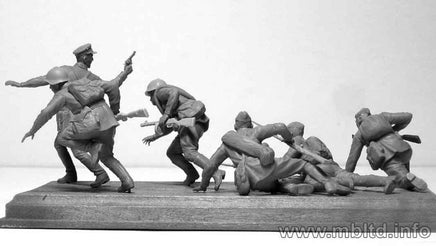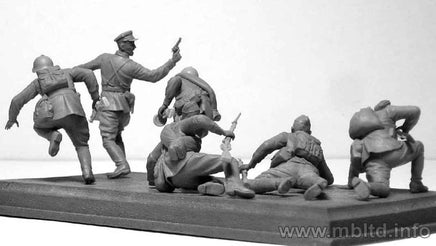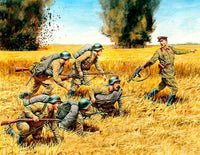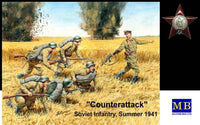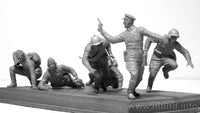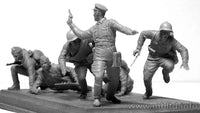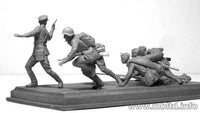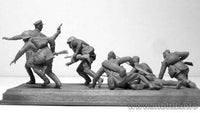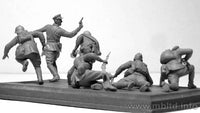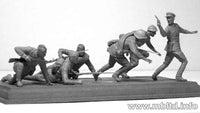In the 1920s and, especially, in the 1930s, the Red Army underwent rapid development in terms of increasing its posts as well as increasing saturation with technical weapons, primarily armored weapons. Still, the infantry was the primary and numerically largest element of the Red Army. The intensive quantitative development of this type of weapon began at the turn of 1929–1930. In 1939, even before the aggression against Poland, the Soviet infantry was formed into 173 divisions (so-called rifle divisions), most of which were grouped into 43 corps. It is worth adding that after the September campaign in 1939, this number increased even more. The Soviet rifle division in 1941 consisted of three rifle regiments (three battalions each), an artillery regiment after an anti-tank and anti-aircraft artillery division, as well as reconnaissance and communication battalions. In total, it numbered about 14,500 people. However, by 1945, this position underwent significant changes, leading to a division of approximately 11,500–12,000 people, consisting of three infantry regiments, an artillery brigade consisting of three regiments, a self-propelled artillery squadron, and many support units, including anti-tank, anti-aircraft weapons, and communications. The saturation of infantry units with machine weapons has also increased significantly, for example, with the submachine guns APsZ 41 and later APsZ 43.
Skip to product information

